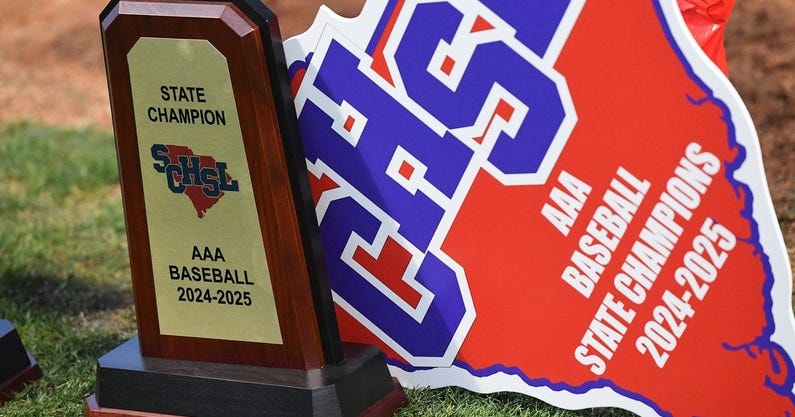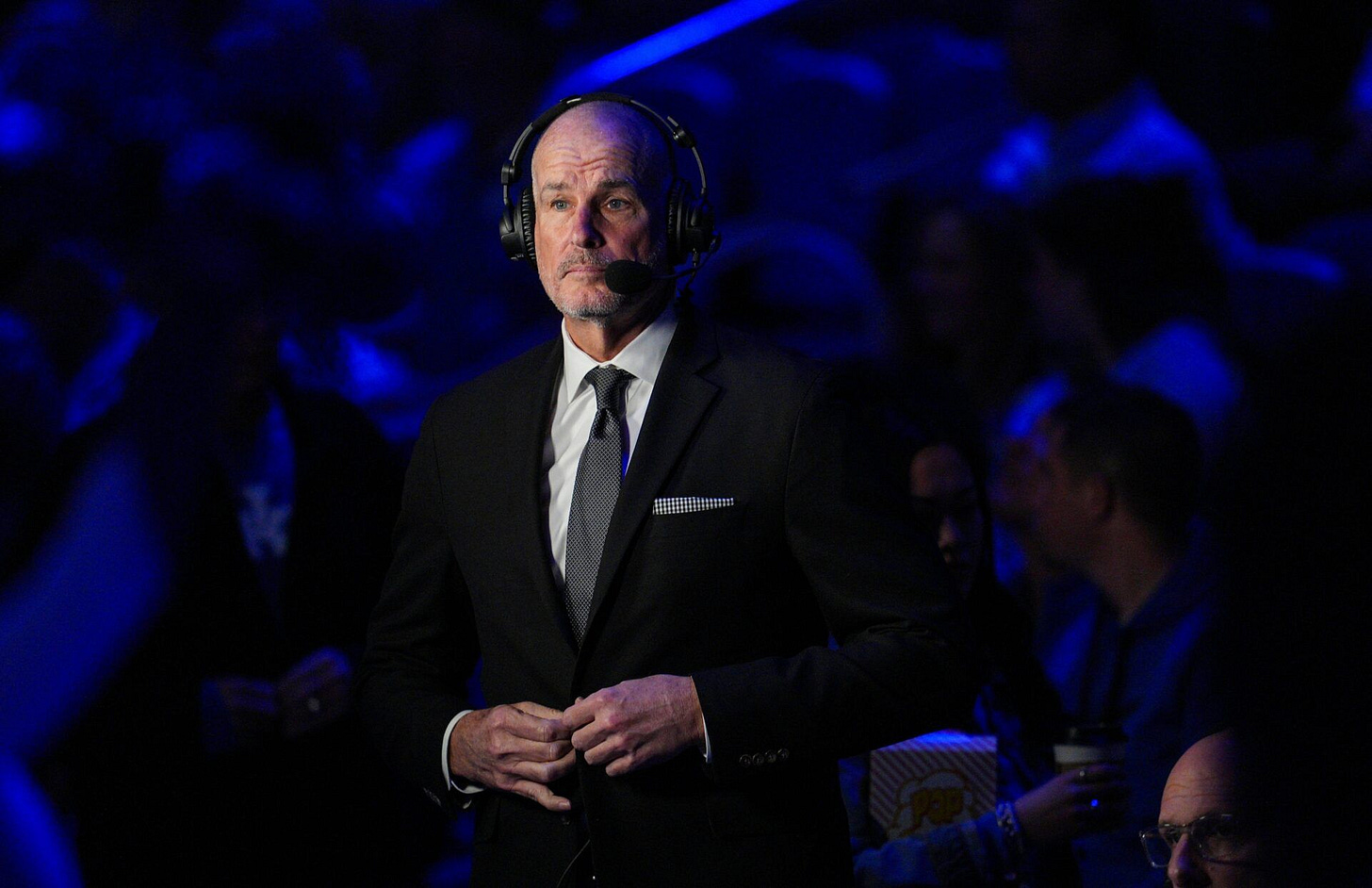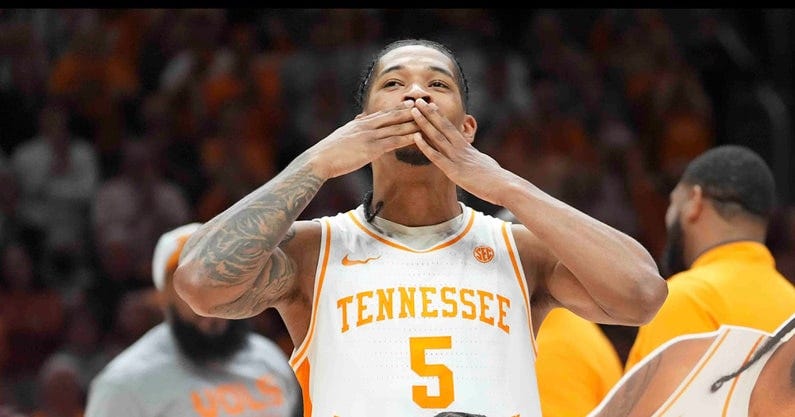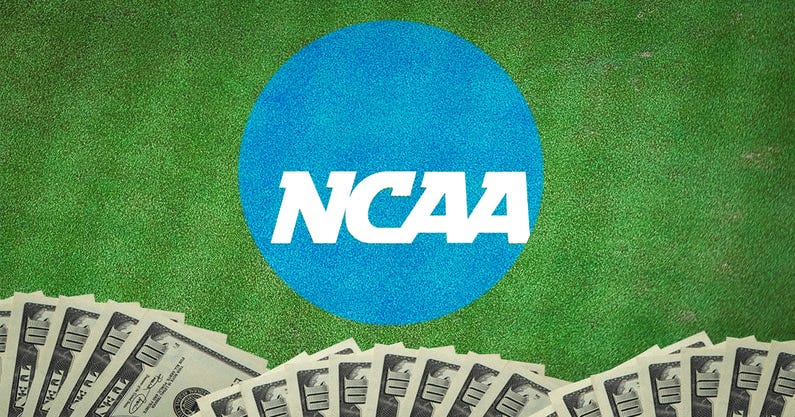Pac-12 Signs New Extension with CBS, South Carolina High School Changes Bylaws to Prohibit NIL, ICYMI, & More | NIL Newsletter #340
Today’s Thursday newsletter includes highlights from this week, important news from last week, and what to watch for.
This Thursday’s Newsletter Includes:
1. Pac-12 Rebuilds Its Future with CBS Sports Deal Through 2030–31
2. South Carolina Moves to Ban NIL Deals for High School Athletes
3. Quick Hitters
4. ICYMI: Zakai Zeigler Denied Fifth Year, Legal Battle Continues
5. What to Watch For: How Revenue Sharing Impacts College Sports
🏆Major News
Pac-12 Rebuilds Its Future with CBS Sports Deal Through 2030–31
CBS Sports and the Pac-12 have extended their media partnership through the 2030–31 season.
The deal is positioned as a “transformational partnership” to support the relaunch of the Pac-12.
Pac-12 expansion set for July 1, 2026, with the addition of:
Boise State
Colorado State
Fresno State
San Diego State
Utah State
Gonzaga
Combined with Oregon State and Washington State, the conference will have 8 members.
The partnership follows the collapse of the original Pac-12, with most schools having left for the ACC, Big 12, or Big Ten.
CBS becomes the new Pac-12’s primary media partner, broadcasting across both CBS and Paramount+.
Key broadcast details include:
Annual football championship game on CBS and Paramount+.
Annual men’s basketball championship game on CBS and Paramount+.
At least 3 regular-season football games per season on CBS/Paramount+.
At least 3 regular-season men’s basketball games per season on CBS/Paramount+.
Additional regular-season coverage on CBS Sports Network (details pending).
The Pac-12 plans to announce more media rights deals once finalized.
After near-collapse, the conference now appears to be on a path toward revival and growth.
South Carolina Moves to Ban NIL Deals for High School Athletes
The South Carolina High School League (SCHSL) has officially amended its bylaws to explicitly ban high school athletes from receiving NIL (Name, Image, Likeness) compensation, following a state legislature mandate.
The change enforces a budget clause that bars public schools from affiliating with associations that allow NIL activity.
Previous rules had vague wording, which some believed could allow NIL deals under limited conditions. The new language eliminates that ambiguity.
SCHSL Commissioner Jerome Singleton emphasized this is a reinforcement (not a new rule) aimed at preserving amateurism.
State Senator Sean Bennett, who authored the clause, said the intent is to protect high school sports from the “business” of college athletics.
Disciplinary penalties under the new rules:
1st offense: warning
2nd offense: 1-year suspension
Further violations: additional suspensions as determined by severity
Use of school property/logos in NIL deals also results in ineligibility
Nearly 40 other states (plus D.C.) allow high school NIL deals, making South Carolina’s ban one of the strictest in the country.
Legal experts, like NIL consultant Bill Carter, say the move may prompt lawsuits, citing past court decisions that favor students' rights to monetize their name/image.
Opposition exists among lawmakers and coaches, with some warning the policy may stifle individuality or face legal defeat.
Despite national trends, South Carolina has taken a hardline stance, embedding NIL opposition into state policy and high school league bylaws.
📌Quick Hitters:
Bilas: NIL Is Keeping Talent in College, Boosting NBA Readiness – ESPN’s Jay Bilas says NIL is transforming college basketball and the NBA Draft for the better, as players now stay in school longer to develop while earning money. This results in stronger college teams and more NBA-ready prospects. With just 106 early entrants in the 2025 draft, the lowest number in a decade, Bilas highlights how fringe picks like Labaron Philon, PJ Haggerty, and others are opting to return thanks to lucrative NIL deals. The shift is improving both the college game and the quality of players entering the NBA. 🔗 LINK
Jake Brown Turns Love for Crocs into NIL Deal with LSU Team Flair – LSU pitcher Jake Brown turned his love for Crocs and a College World Series run into an NIL deal after the brand reached out following his public pitch for a collaboration. Brown not only received gear but also helped outfit his entire team with Crocs ahead of their Game 1 win over Coastal Carolina. Known for decorating his pairs with Star Wars and Toy Story Jibbitz, Brown pitched the idea of a Louisiana-themed design featuring gators, pelicans, and tigers. His story shows how personality and timing can pay off in the NIL era.. 🔗 LINK
High School Quarterback Inks NIL Trading Card Deal – Before taking a snap for Tennessee, five-star quarterback Faizon Brandon has signed an exclusive NIL deal with Leaf Trading Cards, marking a major milestone ahead of his senior season at Grimsley High School. Fresh off a 16–0 season and a North Carolina state title, Brandon called having his own trading card a dream come true. The high school quarterback threw for over 2,100 yards and added eight rushing touchdowns last year. 🔗 LINK
ICYMI
Zakai Zeigler Denied Fifth Year, Legal Battle Continues
On June 12, U.S. District Judge Katherine Crytzer denied Tennessee point guard Zakai Zeigler’s request for a preliminary injunction to play a fifth year of Division I basketball.
Zeigler’s legal team argued that the NCAA’s four-seasons-in-five-years rule violated the Sherman Act and Tennessee’s Trade Practices Act, citing $2–$4 million in lost NIL opportunity.
Judge Crytzer ruled Zeigler is unlikely to succeed on the merits, stating, “This Court is a court of law, not policy.”
The court found that any economic harm could be remedied with monetary damages and highlighted the disruption an injunction might cause to current athletes and recruits.
Zeigler’s attorneys, pointing to the NCAA’s new House settlement compensation model, view this as just the first chapter in a broader legal challenge.
What To Watch For: How Revenue Sharing Impacts College Sports
Starting July 1, the House v. NCAA settlement allows Division I schools to share up to $20.5 million annually with athletes, launching the era of direct compensation in college sports.
However, most of those funds will go to football and men’s basketball players, with select programs like women’s basketball or volleyball also receiving limited revenue-share dollars.
Olympic and non-revenue sports such as tennis are largely left out of direct compensation, though many are seeing an increase in available scholarships instead.
Ohio State and UNC are setting the early blueprint: Ohio State will share revenue with four sports and add 91 scholarships; UNC will include football, basketball, and baseball while adding 194 scholarships. Increasing their scholarship totals from 338 to 532.
Although schools were initially told to opt in fully or not at all, the College Sports Commission (the new enforcement body) clarified that schools have flexibility in choosing which sports receive cash payouts.
Up to $2.5 million in new scholarships and $2.5 million in Alston payments count toward the annual cap, complicating how schools budget athlete benefits.
New roster limits, introduced to replace scholarship caps, are already impacting lower-tier athletes by cutting walk-on spots and partial scholarships. Which is leading to lost opportunities across non-revenue sports.
The changes are raising Title IX concerns and how schools are going to ensure gender equity while disproportionately funding male-dominated sports.
Legal experts and athletic insiders expect lawsuits and pushback if the current distribution creates deep imbalances between major and minor sports.
As the system unfolds, expect scrutiny on how schools balance competitiveness, compliance, and fairness while navigating the first true pay-for-play era in college athletics.
Thanks for Reading!
Keep up to date on all of our newsletters and content by checking out past Optimum Sports Consulting Newsletters and following us on Twitter!










